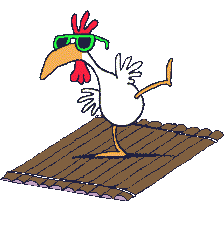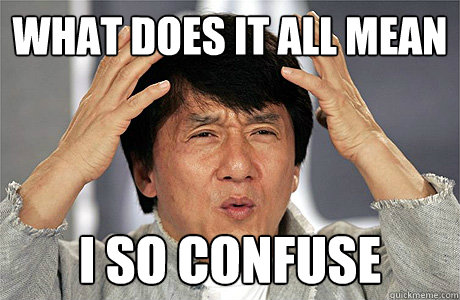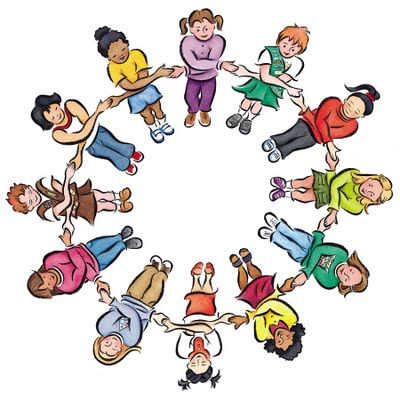
 Tiering is another differentiation strategy you can use to help you in your classroom. We will always have students who are not as strong in some areas as the are in others. We may not always have the time to divide students up by their abilities, but tiering gives us the opportunity to help them more by grouping them with students who are more on their level. If we are looking at a typical classroom, most of us would agree that this picture shows a good representation of the levels of tiering we would need within our classroom. These groups respond to the students differences and allows for temporary instruction depending on how a student responds to the lessons being given within that tiered group. The same concepts and skills are taught within each group, which is part of differentiation but the pace may be slower or faster than what students are normally projected to do. The picture below is a featured picture giving more of percentages of students and how we can respond to them before things slip through the cracks. This goes back to being proactive as teacher and noticing the groups that are needed and how to make sure you flexibly group students who need the same concepts retaught or introduced in order to succeed within your classroom.
Tiering is another differentiation strategy you can use to help you in your classroom. We will always have students who are not as strong in some areas as the are in others. We may not always have the time to divide students up by their abilities, but tiering gives us the opportunity to help them more by grouping them with students who are more on their level. If we are looking at a typical classroom, most of us would agree that this picture shows a good representation of the levels of tiering we would need within our classroom. These groups respond to the students differences and allows for temporary instruction depending on how a student responds to the lessons being given within that tiered group. The same concepts and skills are taught within each group, which is part of differentiation but the pace may be slower or faster than what students are normally projected to do. The picture below is a featured picture giving more of percentages of students and how we can respond to them before things slip through the cracks. This goes back to being proactive as teacher and noticing the groups that are needed and how to make sure you flexibly group students who need the same concepts retaught or introduced in order to succeed within your classroom.  There is a handout we received that has a great quote on it that I'd like to share. It reads, "Tiered instruction is a differentiation strategy in which all students are taught the same essential concepts and skills at different levels of complexity in reponse to diagnosed needs" Sometimes I know as teachers we don't have time to have small group time for the things we want to have, but if we don't adjust ourselves and our schedules to tier for our students then we won't be able to help them at all. Every time I write one of these posts and think about how truly everything is connected and goes back to knowing your students individually it amazes me. It amazes me because we need to teach human beings/children and not just teach the subject matter and when we truly know how to tier for our students and how to group them in such a way they will be able to see that one, they are not dumb because there are other people struggling with the same things they are; two, that it's okay to need a little extra help and practice from the teacher especially if you're not understand the concepts; and three everyone learns at different paces and if you are able to move to a different tier because you simply got a little more help in small group time that's excellent and a great way for all students to share in that celebration of learning!
There is a handout we received that has a great quote on it that I'd like to share. It reads, "Tiered instruction is a differentiation strategy in which all students are taught the same essential concepts and skills at different levels of complexity in reponse to diagnosed needs" Sometimes I know as teachers we don't have time to have small group time for the things we want to have, but if we don't adjust ourselves and our schedules to tier for our students then we won't be able to help them at all. Every time I write one of these posts and think about how truly everything is connected and goes back to knowing your students individually it amazes me. It amazes me because we need to teach human beings/children and not just teach the subject matter and when we truly know how to tier for our students and how to group them in such a way they will be able to see that one, they are not dumb because there are other people struggling with the same things they are; two, that it's okay to need a little extra help and practice from the teacher especially if you're not understand the concepts; and three everyone learns at different paces and if you are able to move to a different tier because you simply got a little more help in small group time that's excellent and a great way for all students to share in that celebration of learning!
Here are some websites to help learn more about tiering and differentiation:

















